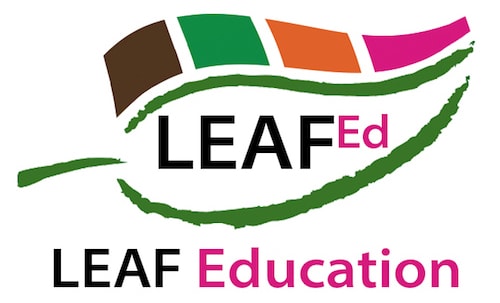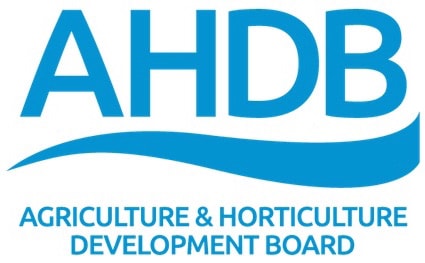If you're reading this, you're one of the 3% of UK teachers who know about Countryside Classroom (Sept 2016)[1]. That makes you an early adopter. And you're probably using the site because you are part of a movement of people committed to helping schoolchildren be better connected to their food and the natural environment.
Chances are, you came here because you were looking for ideas or contacts to embed more food, farming or natural environment (F,F&NE) in your teaching. 45% of Countryside Classroom users said they wanted to significantly increase this[2]. We hope you find what you're looking for, but before you crack on, can we share with you what we discovered this year and give some suggestions about how you can help?
Actually, the thing our users most searched for on the site is tips and ideas for grants and funding[2]. In general, money is the second biggest barrier to teaching about F,F&NE[1] (THE biggest barrier amongst users of Countryside Classroom[2]). We can't conjure up money for you, but the site is full of ideas for things to do and places to go that are in many cases local, free or very cost effective. Did you know you can filter results on the site by whether there is a charge or not?
Independent research across all teachers, found that the importance of food (cooking and nutrition in particular) has really entered the national consciousness, perhaps as a result of the School Food Plan and campaigns by Jamie Oliver et al (76% of teachers thought that nutrition and how to maintain a healthy diet was ‘very important’[1]). By contrast, learning outdoors and understanding where food comes from was only considered very important by 41% and 43% respectively. And as for understanding how our food is produced at scale – only 18% thought this was a very important issue.
Interestingly, you - the users of the site, scored all of these very equally (in the 70s and 80s percent), which suggests you have a greater sense of the integrated nature of these issues. We commissioned a literature review early in 2016 to look at attitudes towards teaching of F,F&NE[3]. We discovered that little or no research had looked at these sectors as an integrated whole, yet the issues raised in each were remarkably similar.
What is consistent across the sectors and through the three reports is that awareness is high; motivation is good but ability may be hampered by constraints of time, funding, access to resources and availability of professional development.
So what can you do? Go ahead and use the site – get all the resources you can – fill your (muddy) boots! But even more importantly, introduce a colleague or teaching friend to the site and tell them how it’s helping you save time, find good resources and get straight to the expertise you need (and if it’s not – tell us!). Also don't forget to share your personal teaching experiences with them. This is how early adopters grow a movement.
And the biggest barrier to teaching about F,F&NE[1] (second biggest among existing Countryside Classroom users[2])? Lack of time. So without further ado, please get back to your search!
[1] Countryside Classroom Survey. September 2016. Conducted by Schoolzone Educational Intelligence for Countryside Classroom consortium. Reference RC15F5.
[2] User Intelligence Report. A survey of Countryside Classroom teacher users. September 2016
[3] Fertile Ground attitudes towards teaching food, farming and the natural environment (2016) http://www.face-online.org.uk/docman/research/fertile-ground-attitudes-towards-teaching-food-farming-and-the-natural-environment/download
















